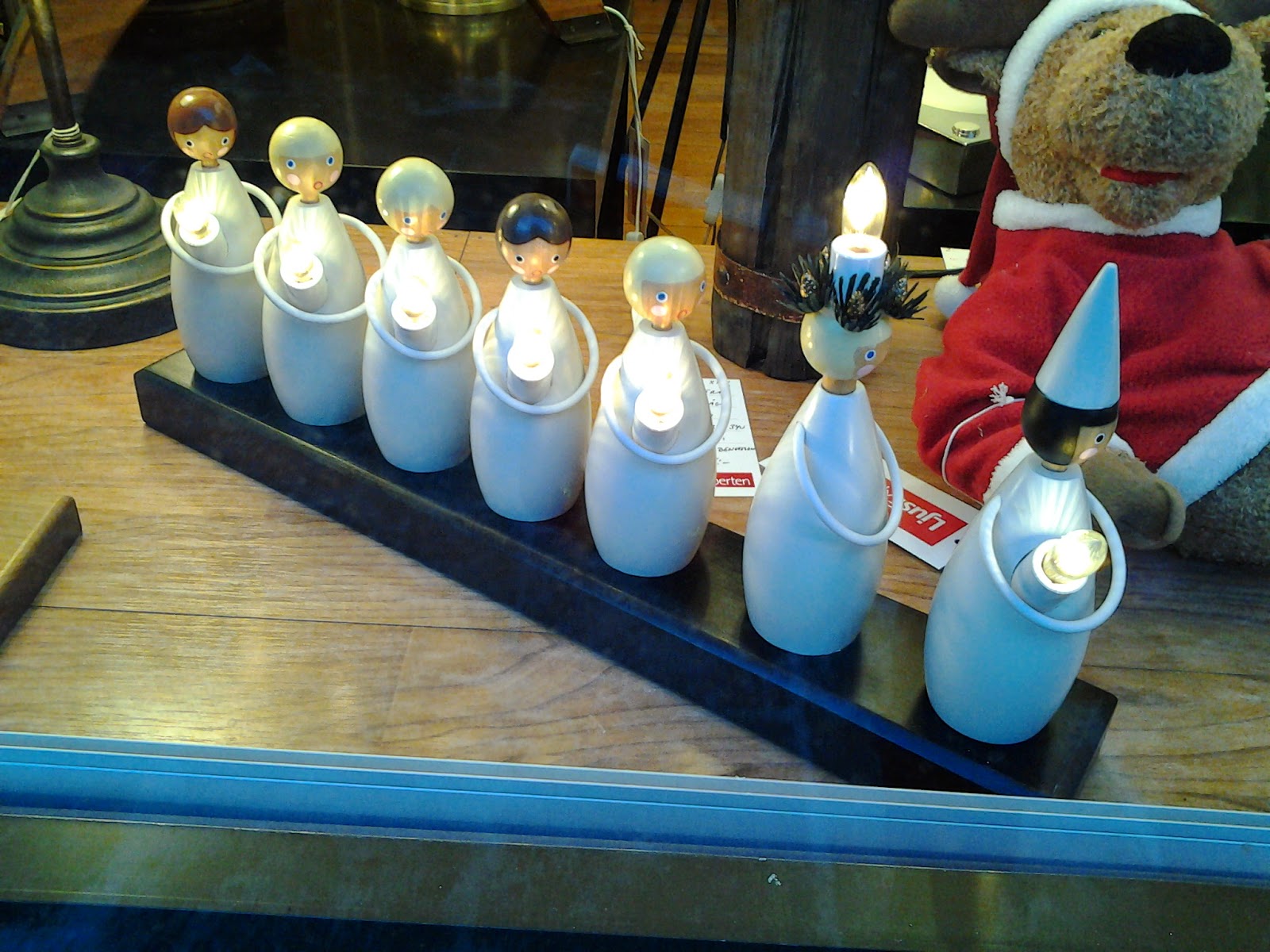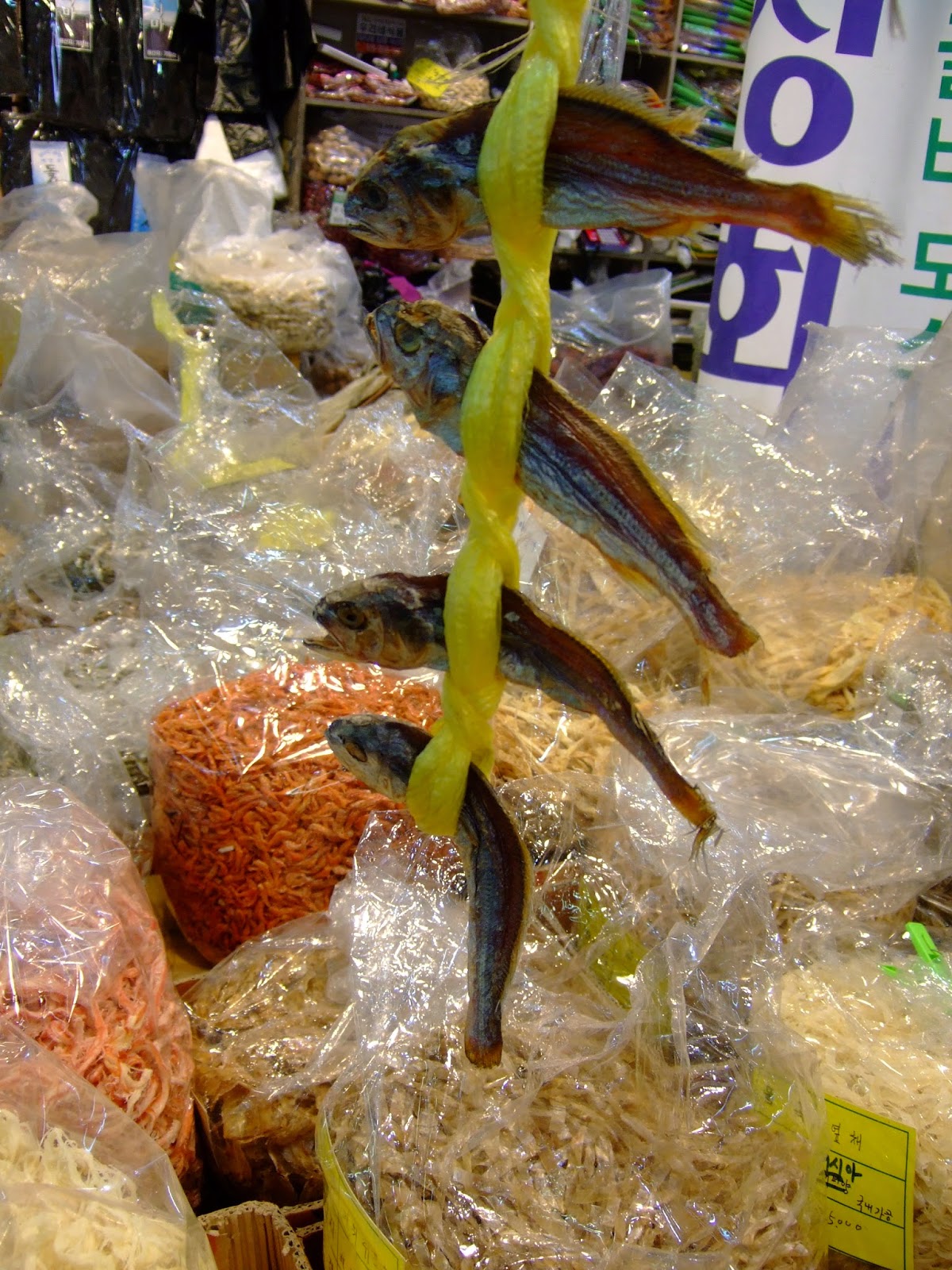"Food, Glorious Food!
For any of you who do not know that song, it is from
Oliver! It is also kind-of a family theme. ; )
Anyway, before I "leave" South Korea, I want to talk about meals we enjoyed from miscellaneous eateries. There is no way that I can share everything with you, but here is a good sampling.
What you see below scored as the meal that was the most fun. It was a take on shabu-shabu, which is Japanese. It was kind-of a make-it-yourself soup, and rice paper dumplings. (There was also a buffet at the restaurant, that is an aside., as the real fun part is pictured below.) In the middle of the table is a heated, bubbling pot of pre-made broth which is set over a burner. Then the many additions come to the table. One cuts up and adds the cabbage, onions, garlic, mushrooms and meat (or seafood, depending on what you order) etc. It doesn't take all that long for it to cook.
And then, one takes a thin, round rice paper, and soaks it for ~ 10 seconds till it softens, and you suspend it over the top of a bowl, fill it with both the cooked and raw ingredients, roll it up and dip it in one of the three dipping sauces (which are hot, hotter, and hottest). Then of course, you can drink the broth too...
Completely different meal : this is kinda like a burger, but the instead of a roll there is a rice patty. There is at least a little tuna in each of them.
For a reason I am not sure of, when you get your "burger", still wrapped in foil,
you kinda squish it before you unwrap it.
Daejeon boasts a Michelin star bakery: Sung Sim Dang. Although they are actually famous for a different pastry, we couldn't resist trying the squid ink cream cheese bread. Honestly, we couldn't taste anything that tasted like squid, but it was fun - and very tasty.
Street food. This is dessert, "hotteak" (I think). (Yeah!) Basically, it is a dough, filled with ~ cinnamon-sugar and some sort of seed (maybe pumpkin?) and then fried, and squished down to a pancake. As it fried, the sugar kinda caramelized. Oh my gosh. So good. They were ~ 80 cents each.
The pastry below, found at Starbucks, is topped with sweet potatoes.
Hmmm...I don't think they offer this one in the States (or in Sweden!)
This is one of Kate's favorite meals, dakgalbi, at her favorite place to get it.
Before you is chicken, cabbage, rice cakes (the cylinders in the frying pan), and sweet potato. The sides include hard boiled quail eggs, iced pickled radish (slurry), and of course, a little kimchi.
This was our first meal in Korea. It is a Korean grill - I am confident that there were more side dishes. One grills, and then wraps the meat etc., in the leafy greens.
Oh no...
I said this would be the last post on South Korea....
And I haven't even mentioned Cheongju
Or that Katie has a hedgehog!
Meet Archie!
























































